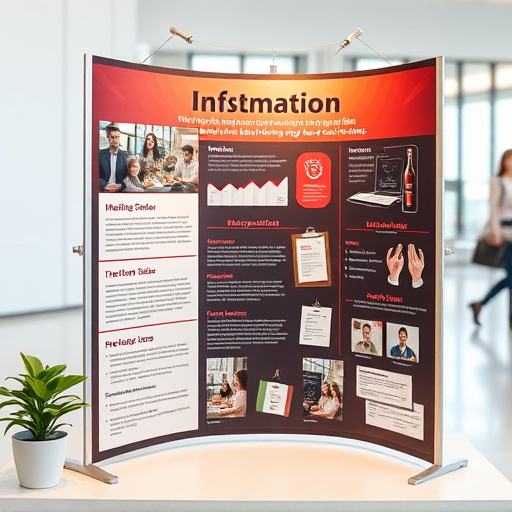In extreme climates, heat shielding specialized materials protect cold air intakes (CAIs) from high temperatures, minimizing temperature transfer and enhancing energy conservation. By strategically directing cooler air into the engine bay, CAIs with heat shields optimize fuel-air mixture temperature, boosting horsepower, torque, and fuel economy while preventing premature ignition. Lowered ambient air temperature acts as a natural heat shield, protecting engines from overheating and reducing strain on cooling systems, especially beneficial in hot climates or during prolonged operation. Beyond vehicles, cold air intakes are crucial in industrial applications and data centers, enhancing efficiency, reducing energy consumption, and contributing to environmental conservation with smaller carbon footprints.
In today’s world, understanding the benefits of cooler air temperatures extends far beyond comfort. From automotive engineering to environmental science, maintaining lower ambient air temperatures offers a range of advantages. This article explores two key areas: heat shielding and cold air intakes. We’ll delve into how these technologies protect against extreme heat and enhance engine performance respectively. Additionally, we’ll uncover the multifaceted benefits of lowered temperature for various applications beyond vehicles.
- Understanding Heat Shielding: How It Protects Against Extreme Temperatures
- Cold Air Intakes: Enhancing Engine Performance with Cooler Air
- The Multifaceted Benefits of Lowered Ambient Air Temperature for Vehicles and Beyond
Understanding Heat Shielding: How It Protects Against Extreme Temperatures

In extreme climates or environments, understanding heat shielding becomes paramount, especially for components designed to withstand high temperatures like cold air intakes (CAIs). Heat shielding is a critical process that involves using specialized materials to insulate and protect against intense thermal energy. This method is often employed in automotive, aerospace, and industrial applications where components must operate efficiently despite exposure to scorching heat or frigid cold.
By creating a barrier between the external environment and sensitive parts, heat shields minimize temperature transfer. For CAIs, this means preventing hot air from entering the intake system, thereby maintaining a cool air supply for optimal engine performance. Efficient heat shielding enhances energy conservation, extends component lifespan, and ensures consistent operational efficiency under varying atmospheric conditions.
Cold Air Intakes: Enhancing Engine Performance with Cooler Air

Cold air intakes are a popular modification among car enthusiasts looking to boost engine performance. By strategically placing an intake system in a cooler area, typically using a heat shield to protect it from engine bay heat, cold air intakes ensure that the fuel-air mixture entering the engine is at its most efficient temperature. This simple yet effective method can significantly improve horsepower and torque output, making it a go-to upgrade for those seeking better driving dynamics.
The benefits of cooler intake air are multifaceted. Lower temperatures cause air molecules to move slower, allowing more time for oxygen atoms to bond with fuel during combustion. This enhances the efficiency of the burning process, resulting in increased power and improved fuel economy. Moreover, a colder intake charge helps prevent premature ignition, or detonation, which can damage engine components, ensuring smoother and more reliable performance.
The Multifaceted Benefits of Lowered Ambient Air Temperature for Vehicles and Beyond

Lowered ambient air temperature offers a multitude of benefits, from improved vehicle performance to enhanced overall efficiency. Cooler air acts as a natural heat shield, preventing engines from overheating and reducing the strain on cooling systems. This is particularly advantageous in hot climates or during prolonged periods of operation, ensuring optimal engine life and minimizing repair costs.
Beyond vehicles, cold air intakes play a crucial role in various industrial applications and even everyday household appliances. Lower temperatures can significantly increase the efficiency of heat-sensitive components, extending their lifespan. In data centers, for instance, cooling systems that rely on ambient air temperature reduction can lower energy consumption and reduce equipment failure rates. This multifaceted benefit extends to environmental conservation, as less energy usage translates to a smaller carbon footprint.
In conclusion, leveraging the power of heat shielding and incorporating cold air intakes offers a multifaceted approach to reaping the benefits of cooler air temperatures. From protecting against extreme heat to enhancing engine performance and improving overall vehicle efficiency, these strategies are pivotal in today’s automotive landscape. By understanding how these components interact, we can optimize not just engine functionality but also sustainability and driver comfort across various climates and conditions.














